SAVONETA
A couple visits a plantation house and is overcome with images and flashbacks from the past. This film was made as an installation.
HISTORY
Savoneta was filmed on location at “Landhuis Savonet,” one of the oldest Plantation Houses in the hemisphere. The house was originally built in 1660-1664, an assignment by Mathias Beck, Vice–Director under Peter Stuyvesant. Stuyvesant was Governor of both New Amsterdam (New York City) and the Netherlands Antilles.
The flashback pictures in the film are actual pictures of the family of the slaves who belonged to the owners of Landhuis Savonet. The pictures are all taken in the same locations where Savoneta was filmed: on the porch of the house and around the premises. During slavery, dark skinned slaves worked in the fields and light skinned slaves (mostly illegitimate children of the plantation owners) worked as house slaves.
“Beautiful miniatures of place and person, not overdone, more like Japanese brush painting, a moment of time constructed and magically inhabited.”
— David White, Executive Director, The Yard
PERSONAL CONNECTION
My real motivation in creating Savoneta—and Quarantine—is perhaps to understand my own place in this complex post-colonial society.
As a teen growing up in Curaçao, I was fascinated with its history. In fact, history and geography were my favorite subjects in high school. Although most of our books came from the Netherlands, and our exams were sent to the Netherlands for grading, we were lucky to have teachers who thought it was critical for us to learn the history of the region. My geography teacher, Eddie Baetens, even took our class on field trips, where we would stay in an old plantation house for the weekend and take day trips out from there.
My interest in history also started with stories about slavery. Naturally, the color of one's skin and how it relates to the environment plays a significant role in the film.
I play the part of the light-skinned woman who takes her partner on a trip to an old plantation house. My dark-skinned partner, played by Niles Ford, would no doubt have been a field slave in the past, and would not have been allowed even to enter the house. That is why he lingers on the front porch and stairs, never fully able to convince himself to walk through the door.
The story deals with the memory of the past, and the architecture plays a crucial role as the hub of many memories and experiences.
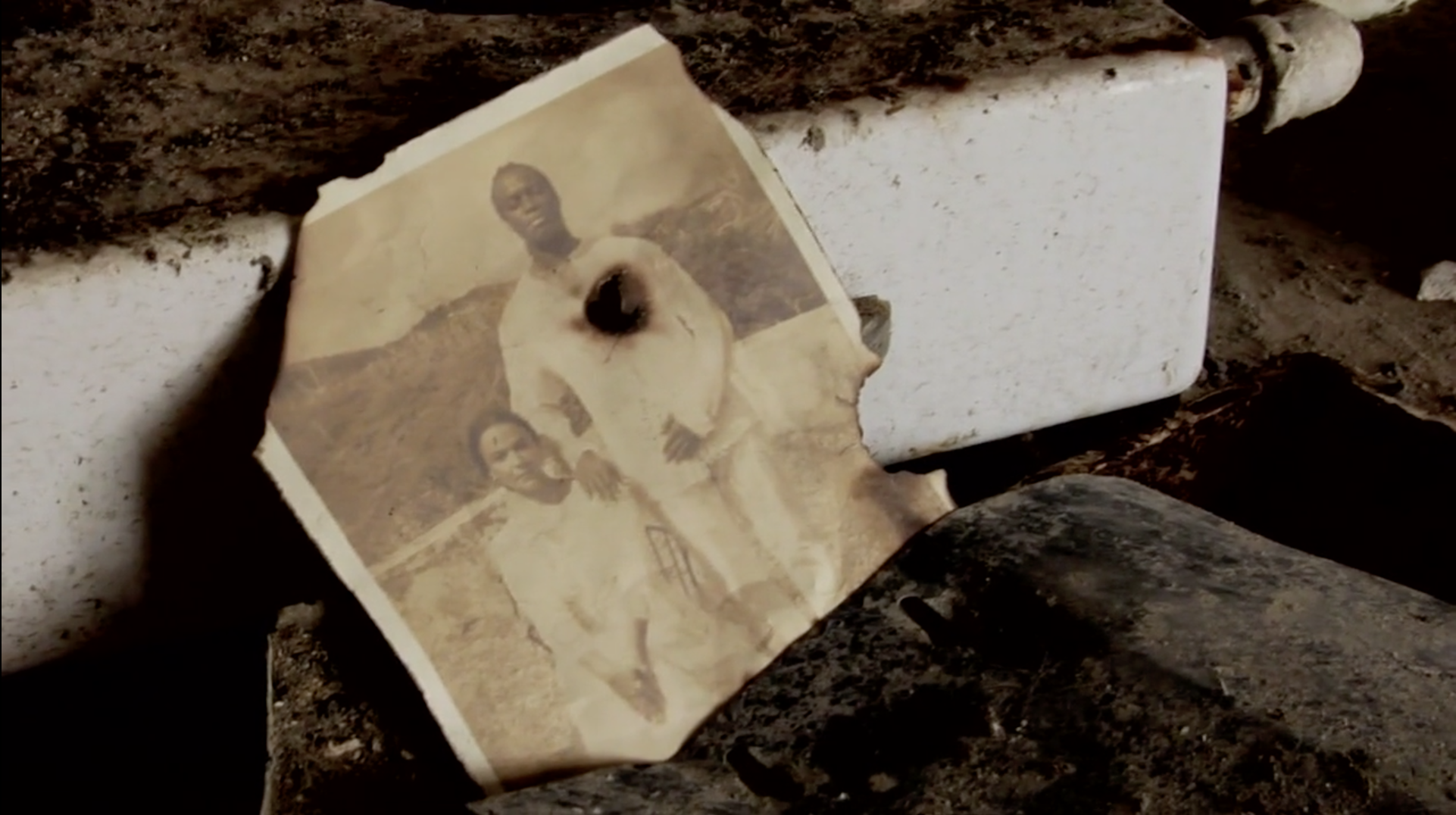

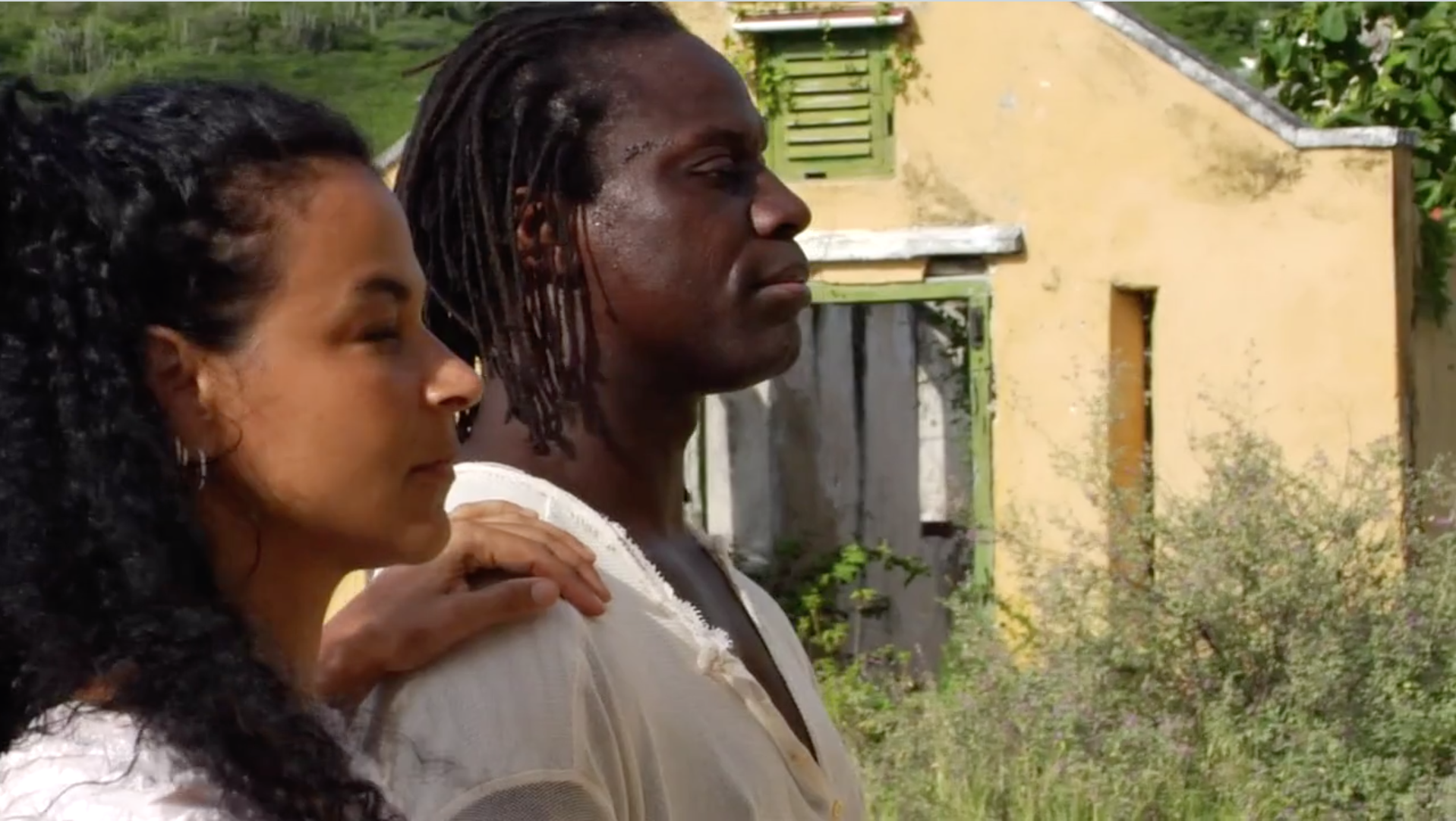
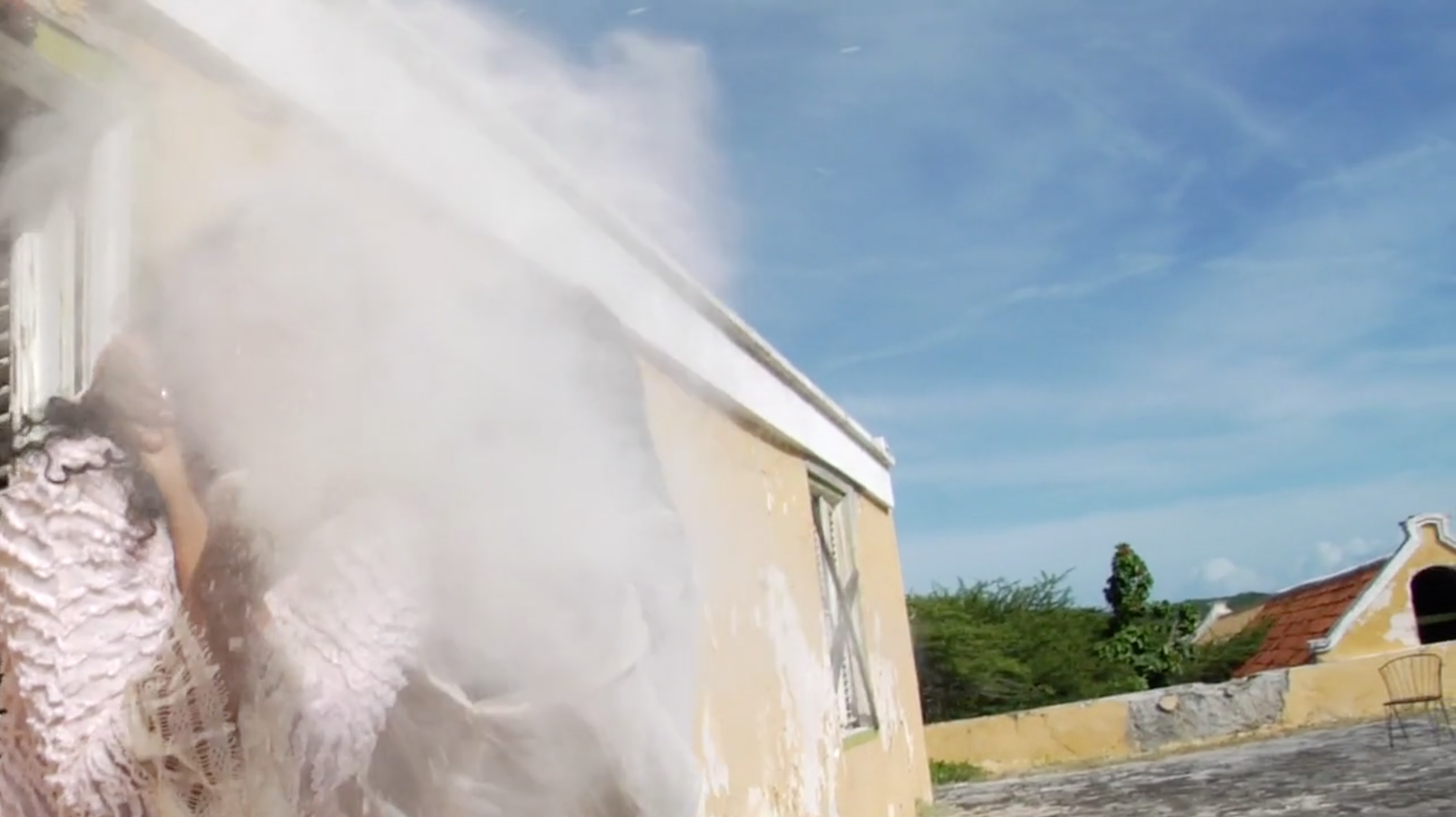
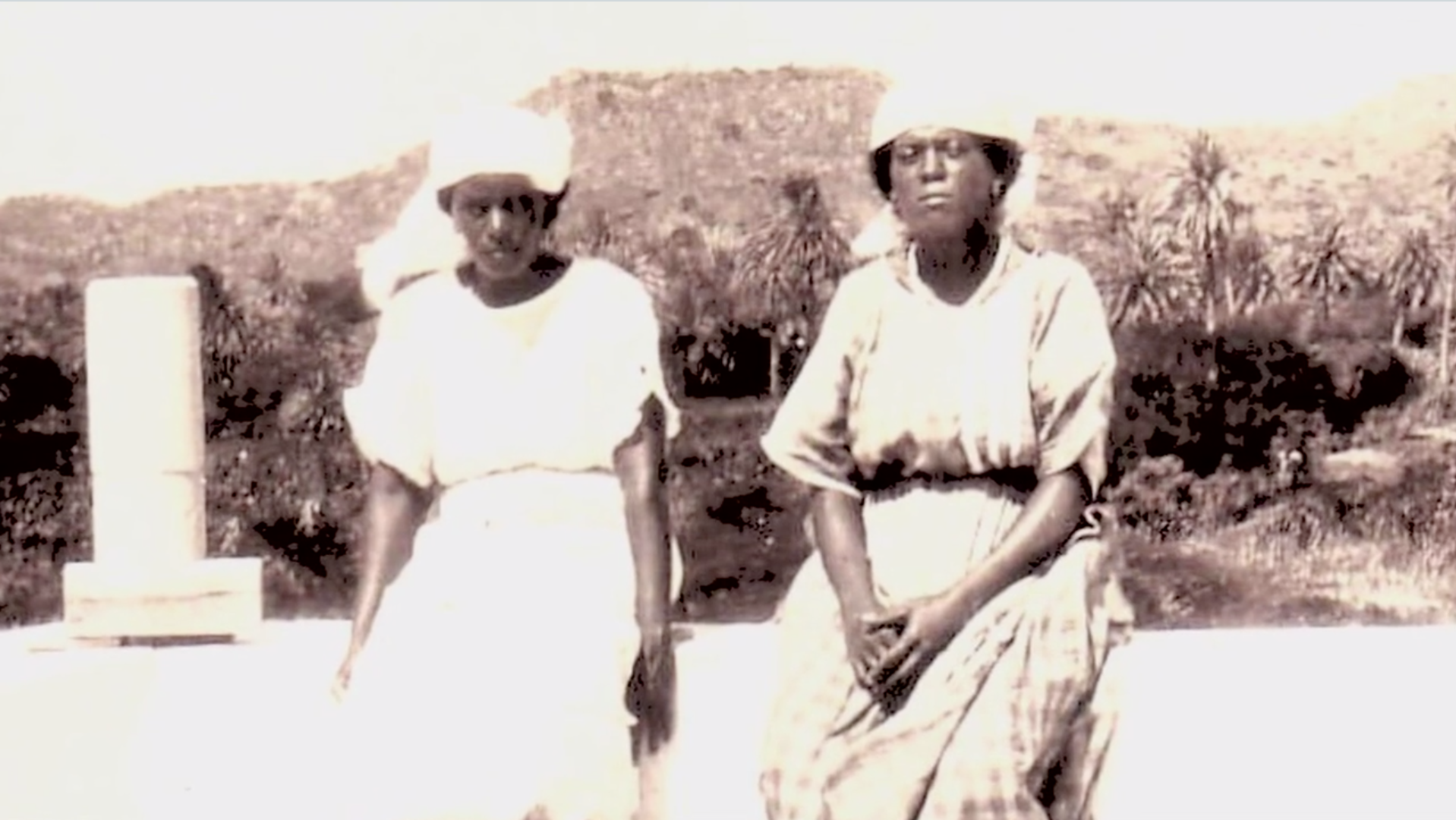
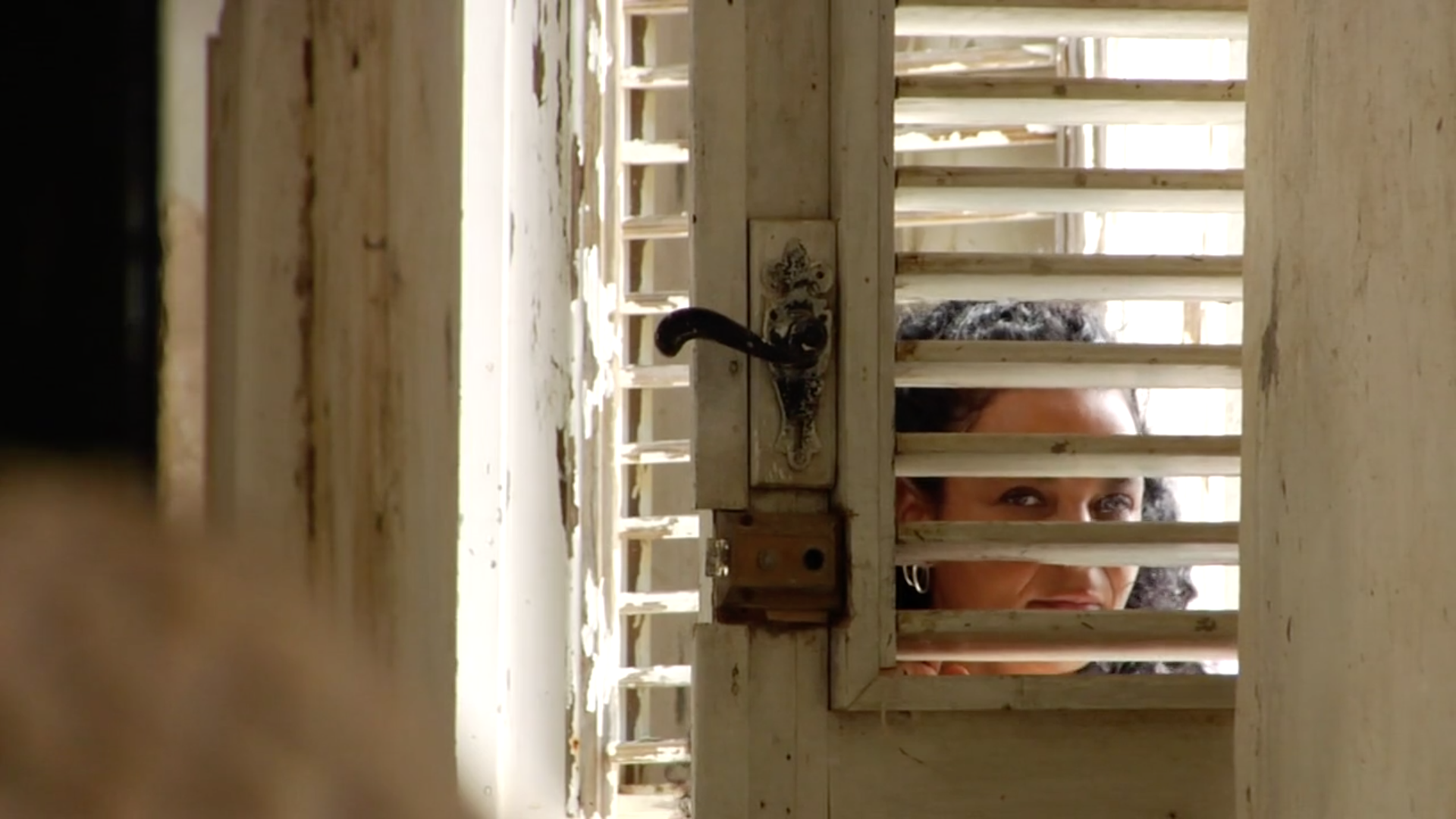
RELATED NEWS & WRITING
Credits
Director and Producer: Gabri Christa
Director of Photography: Dolph van Stapele
Choreographer: Gabri Christa
Performers: Gabri Christa, Niles Ford
Editor: Marilys Ernst
Music Score: Vernon Reid



